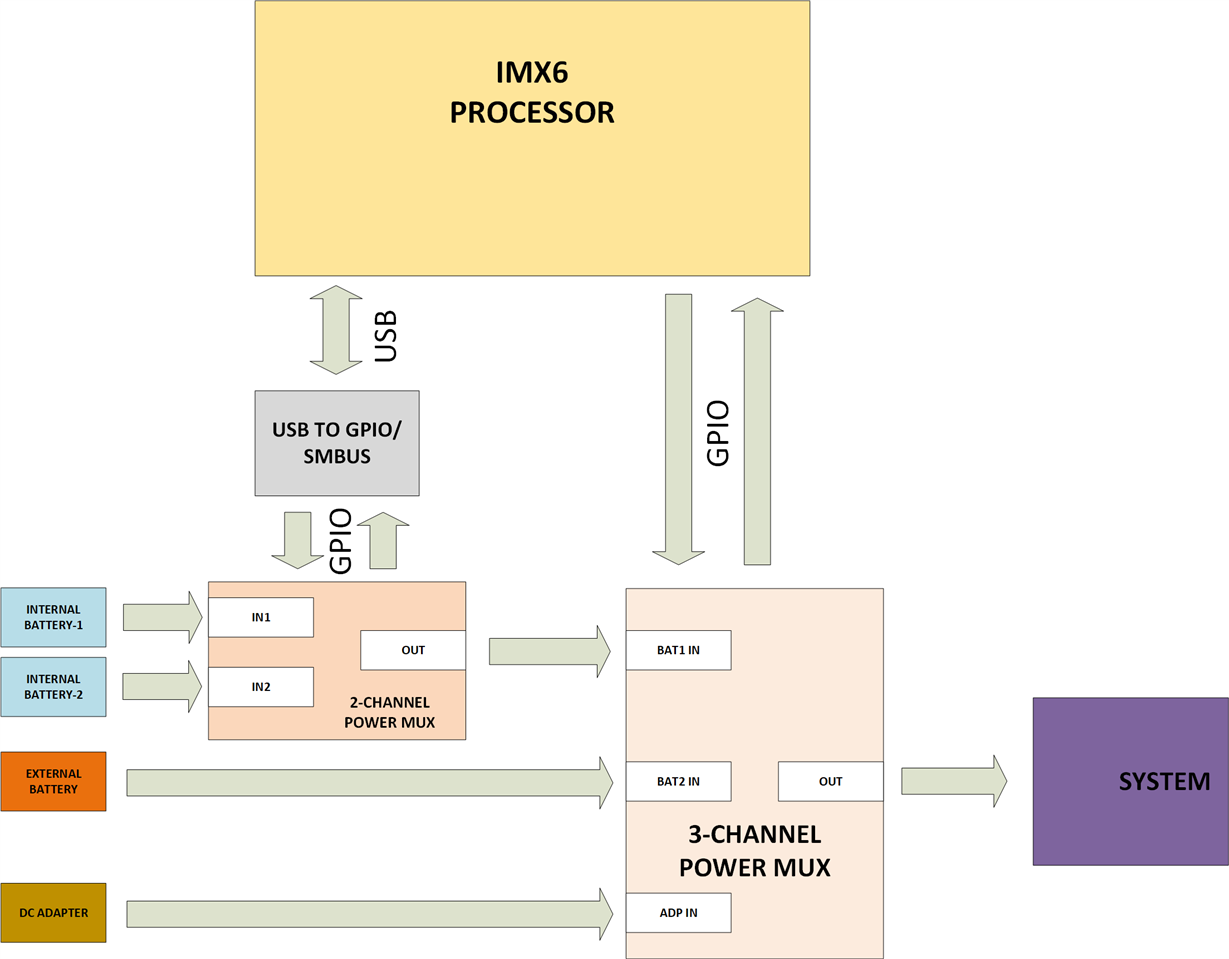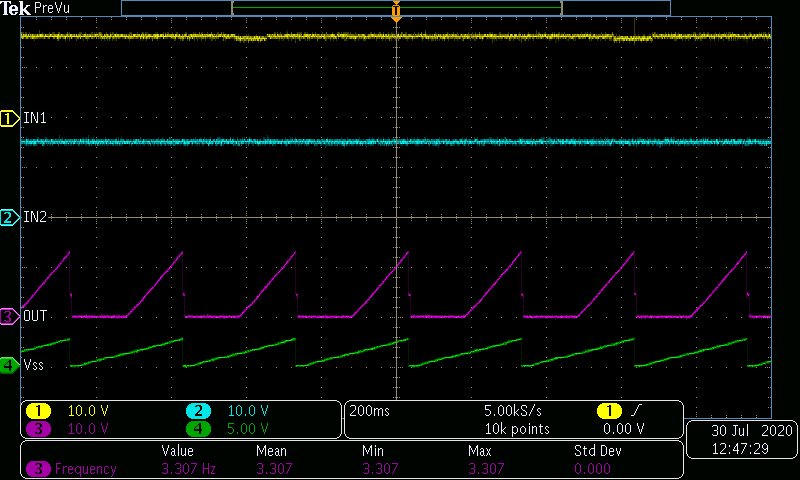Hi there,
We have added TPS2121 in our camera system to switch between 2 16.8V battery packs one among which powers our system at a time.
VCC_INT1_16V8: Battery Input 1
VCC_INT2_16V8: Battery Input 2
VCC_INT_16V8: TPS2121 Output to 3-Channel Power Mux Battery Input-1
BATMX_CP2: 3.3VIO GPIO signal controlled by processor.(Initially 0V due to pull-down).
We observed that when only the Internal batteries are connected to the system, the system is not powering up.
As we inspected, found that VCC_INT_16V8 is between 4.5V and 5V only.
We ensured that VCC_INT1_16V8 and VCC_INT2_16V8 are both between 15V and 16.8V.
The voltage at CP2 was 0V.
The ST pin was LOW.
Can anyone help out why this occured. Is there anything to take care?
Thanks in advance.
Emil


